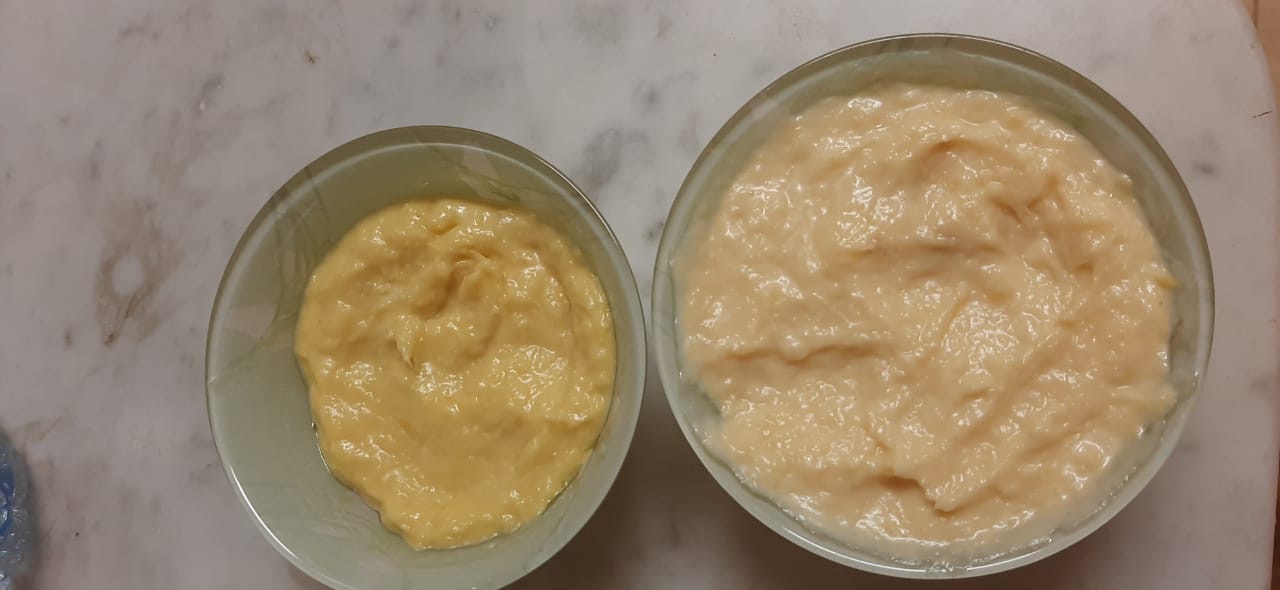
In a standard Lebanese garlic paste recipe prepared with the same proportions of ingredients and the same process (garlic cloves, lemon juice, olive/sunflower oil and salt), it has been noticed that the final product is yellowish with olive oil while completely white with sunflower oil.
What could be the reason behind this?
I know the citric acid could have an effect on the color of the emulsion rather than the type of oil, and evidently olive oil is darker in color than sunflower oil. I will be looking at both results under the microscope and measuring the color by colorimetry. Thoughts?
